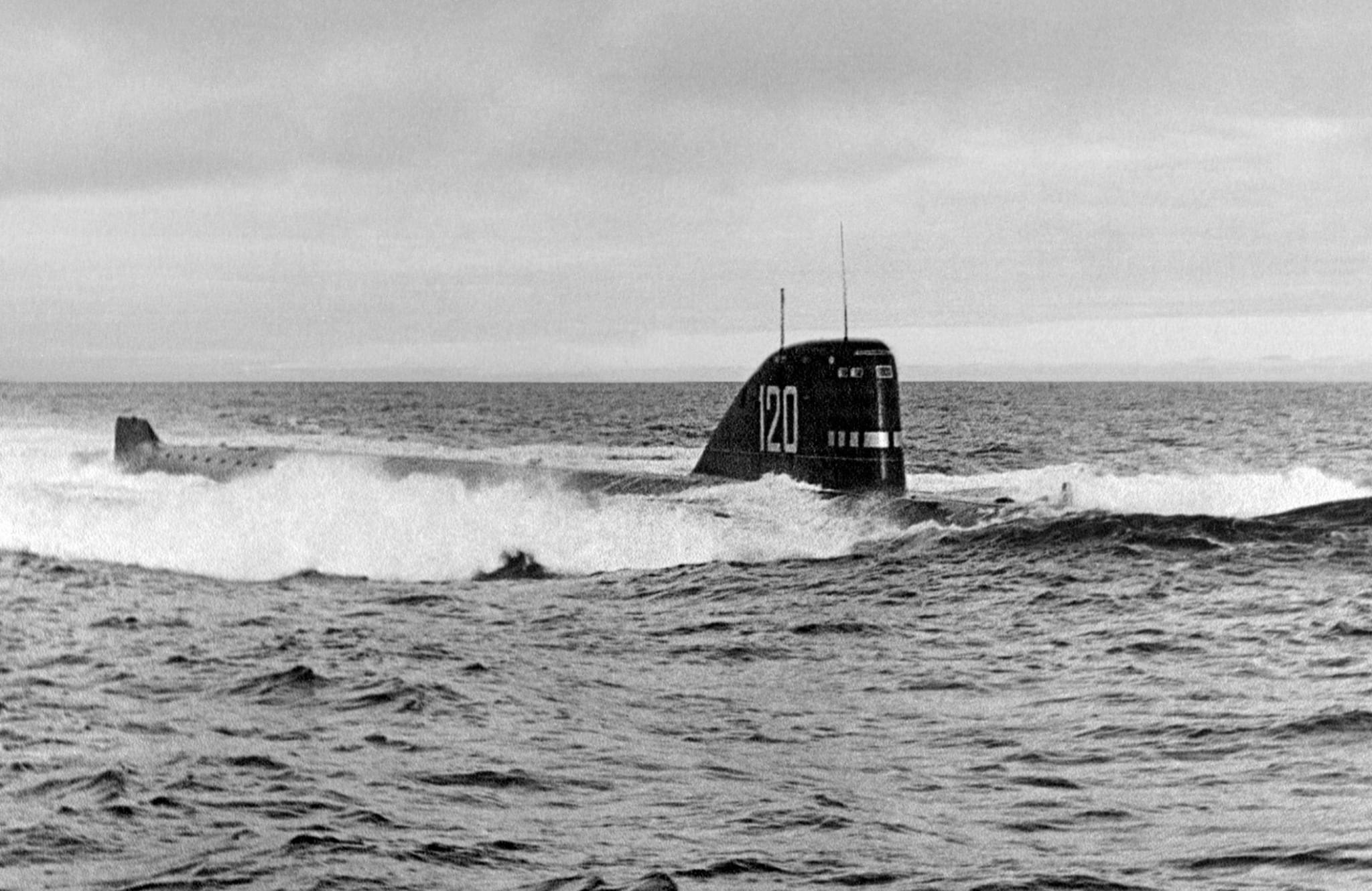Hopefully everyone knows the tragic tale of the Chernobyl disaster or at least watched the excellent show about it from HBO.
Russia already had an awful track record with nuclear energy during the cold war. It wasn't only because they cheaped out where they could, but rather that the head honchos had a bad habit of people in charge trying to cover up their own mistakes.
We certainly had plenty of incidents to choose from, but we picked one of the most extreme and least-talked-about...

In 1968, the K-27 Submarine was part of a new wave of lead-bismuth cooled reactor subs. It was physically larger than many of the boats that used this reactor type before, with a crew of 144 men.
She was set to go on a mission where it would spend 70 days without resurfacing but embarked on a training exercise first with crew morale low. For 3 days prior, the crew had barely slept...
The two reactors aboard the sub relied on the coolant (in this case, a liquid metal), to be free of impurities to operate correctly, but this wasn't fully understood by the crew. Allegedly, the K-27's reactor was already contaminated and radioactive particulates spread around the boat by the time they set off, but nobody spoke up.

Oil from pumps for the coolant had seeped into the system and reduced its ability to keep reactor temp in check. A steam generator leak caused the impurities to enter the reactor core, and its power dropped from 87% capacity to just 7%.
There were no known procedures to operate in this condition since the technology wasn't understood fully yet, so the naval commander insisted that power simply be pushed to a higher level to participate in the naval exercise.
All control rods were pulled out of the core, which sharply increased the power, and melting radioactive material entered the steam generator, spreading around to the whole ship with no shielding to stop it.

Near the reactor was a radiation meter that was disabled. Crew members allegedly didn't pay much attention to their dosimeters either, so they were none the wiser when a dangerous amount of radiation piled up until alarms in nearby areas begun to go off.
As crew members evacuated to the other end of the sub, some ran past to turn on the switch for the radiation meter in the reactor room. It was already off the chart, Increasing by 1.5 Grays per hour. For the non-nerds, that's enough for two lethal, acute-radiation-sickness doses in two hours.
Colorless, odorless fission gasses filled all compartments of the sub. It spread quickly to unshielded areas via the steam generator.

As it quickly returned to port, it even triggered the port's radiation sirens, blaring as the crew was taken off the sub.
The captain was shuttled off in a car, but most crew members had to walk over a mile back to their barracks, many crippled by the exposure to radiation and unable to move.
Blasted by Neutron and Gamma radiation, 9 members developed acute radiation sickness, which we don't recommend googling if you're squeamish, and died horrific deaths.
The crew who lived in the years following the incident were not treated well by the Communist Party — ordinary submariners didn't get the medical follow-ups that officers did, wherein they were warned to not have children for the following 5 years. Other soviet sailors who weren't on board the sub were ordered to donate blood & marrow, not knowing why.
Many were declared "healthy" despite showing signs of illnesses & other physical handicaps. They allegedly never learned how much radiation they were actually exposed to and according to one of the crewmen in 2013, only a third of the crew was still alive.
All of this remained an official secret for 30 years.

So, what of the sub itself? The large scale and extreme nature of the meltdown made it too dangerous to dismantle. For a decade it sat laid up as a ticking time bomb before it was finally scuttled in 1982 in the shallow waters of the Kara Sea. Laying in the very same ocean she took the lives of her crew in, K-27 laid as a nuclear ghost ship.
Reportedly, there's 17,000 other nuclear objects disposed in the same area by the Soviet Union.
This was only a few years after the famous K-19 nuclear disaster which got a pretty good movie, and only four years prior to the same soviet-technological hubris that would lead to the Chernobyl Disaster.
K-27's reactors are still full of fuel; it remains to be a radioactive tombstone for the men who died, ticking away on the frigid arctic sea floor. Repeated plans have been proposed to move it to a safer, deeper area, but no action has been taken just yet on K-27 as of 2025...



Share:
The US and USSR going "Band for Band"
From Peacekeepers to Peace-Enforcers — The Dutch in ISAF & Uruzgan